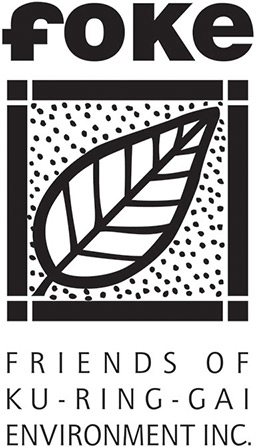
New evidence debunks the ‘scientific justification’ for logging critical koala habitat. Knowing this, it is more important than ever to see this documentary.
When: Wednesday 17 July 2024 6.30pm
Where: Roseville Cinema, Pacific Highway, Roseville
Ticket Bookings: HERE
Watch the trailer:
New research debunks koala count methodology justifying logging
The supposed scientific basis that has justified native forest logging in critical koala habitat has now been discredited.
Dr Andrew Smith and John Pile paper Koala density, habitat, conservation, and response to logging in eucalyptus forest; a review and critical evaluation of call monitoring (June, 2024) challenges the existing methodologies used to survey koala populations. The paper can be found here.
This review now completely discredits the ecological and social licence of logging operations across NSW.
The 1990s methodologies established to count koalas has been discredited.
For over thirty years koala experts, citizen scientists and koala carers have questioned the methodology. Yet it has been fiercely endorsed by the Natural Resources Commission, the Department of Primary Industries, the Forestry Corporation and members of the National Party. Their koala count methodology has effectively justified land clearing and logging of core koala habitat.
Smith and Pile (2024) now show, that while counting the bellowing mating sounds of male koalas in low-quality habitat is one indicator of koala populations, what is more important is the need for high quality habitat (with densier and more varied feed trees) for breeding females to successfully bear joeys.
Habitat quality is, therefore, a much more important factor in assessing the numbers, strength and health of koala populations than what has been used to justify logging in NSW. It proves that the removal of mature, native trees threatens koala resilience.
Smith and Pile (2024) found that:
“average koala density increased steeply and significantly, from 0.02 – 0.20 koalas/hectare, with increasing mapped habitat quality based on increasing forest age, structural complexity, local food tree species diversity, history of prior koala occurrence and decreased past logging intensity. This relationship was driven primarily by breeding females, with the number of male koala calls weakly or uncorrelated with koala sightings and mapped habitat quality.
Male koalas were more widely and uniformly distributed than females, including areas of low quality, plantation, and intensively logged forest. This finding explains the discrepancy between our results and those of other recent studies which concluded that koalas are tolerant of intensive logging based on modelling of calling male koalas and reliance on an untested assumption that male calling is indicative of female breeding success.
It is now overdue and urgent that an immediate moratorium be put in place for all logging in all native forests thought to contain koala habitat until populations are resurveyed without relying on disproven male mating call methodologies.
It is horrifying that nearly half of active logging operations in our public native forests in NSW are taking place in habitat earmarked for the Great Koala National Park, reliant on an inaccurate and discredited koala count methodology.
It is now important for the NSW Government to urgently intervene to ensure that the survival of our koalas.
We cannot allow a future where lonely male koalas, wander native forests decimated by tree extraction, bellowing for mates they will not find.
Koalas in Ku-ring-gai
The last sighting of Koalas (Phascolarctos cinereus) in Ku-ring-gai was in 1979 when they were seen in Ku-ring-gai Chase National Park.
Koalas were sighted in Gordon in the 1920s and St Ives in the 1960s. However, with urbanisation, deforestation and habitat loss, Ku-ring-gai’s koalas are now locally extinct. This indicates that wildlife conservation in Greater Sydney cannot rely solely on protected reserves but needs environmental controls over privately-owned land.
Housing has significant adverse impacts on wildlife due to habitat loss and fragmentation. As well clearing of bushland and trees for housing, roads, schools, and other buildings removes wildlife habitat and thus leads to local extinctions.
Extensive land use change across Greater Sydney, Australia’s oldest and most populous city, has occurred as a result of rapid population increase.
Koalas are still found in Greater Sydney in the Campbelltown region but they face threats from being killed as a result of motor vehicle collisions, dog attacks and chlamydia infection.
The extensive clearing or urban forests for housing developments have led to a dramatic decline in koala numbers.
Read the CSIRO paper below by Michael Mo, Enhua Lee, Ian Radasavljevic and Nancy Auerback “Database records of koalas (Phascolarctos cinereus) in northern Sydney below and HERE
